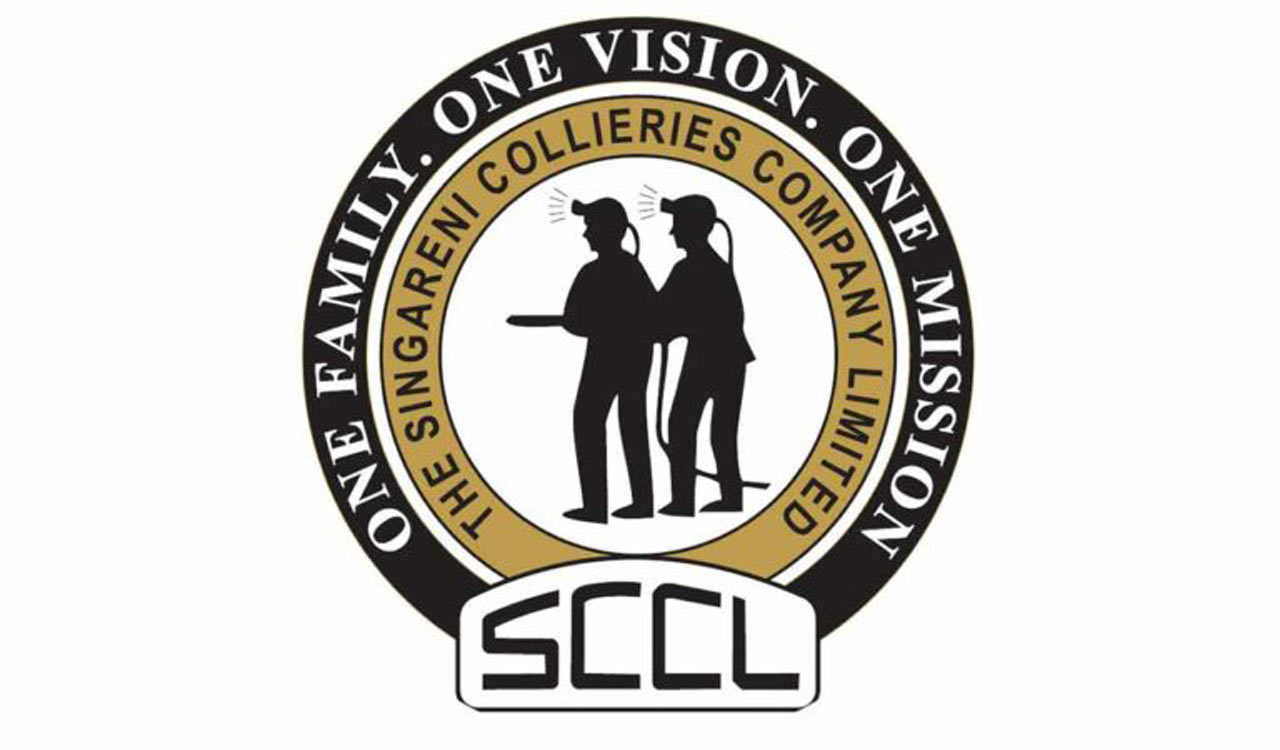India’s ambitious Aditya L1 mission, aimed at studying the sun, has achieved a significant milestone by commencing the observation of solar winds. The Indian Space Research Organisation (ISRO) reported that the Aditya Solar Wind Particle Experiment (ASPEX) payload on the satellite is now operational.
Instruments at Work: SWIS and STEPS
The ASPEX, consisting of two instruments – the Solar Wind Ion Spectrometer (SWIS) and SupraThermal and Energetic Particle Spectrometer (STEPS) – is actively contributing to the mission’s objectives. While STEPS began its operations on September 10, SWIS was activated recently and has shown optimal performance.
Insights from the Space Agency
ISRO shared an image on social media, illustrating the energy variations in proton and alpha particle counts captured by the new payload. The successful activation of SWIS adds another layer of accomplishment to the Aditya L1 mission.
Aditya-L1 Mission Highlights
The Aditya L1 mission, launched from Sriharikota in Andhra Pradesh on September 2, focuses on studying various aspects of solar phenomena. Objectives include exploring the physics of solar corona, understanding the solar wind acceleration, dynamics of the solar atmosphere, solar wind distribution, temperature anisotropy, and investigating the origin of Coronal Mass Ejections (CME) and flares.
India’s foray into solar research with the Aditya mission marks a crucial step in advancing our understanding of the sun’s intricate workings and its impact on space weather near Earth.
Source: ndtv.com





